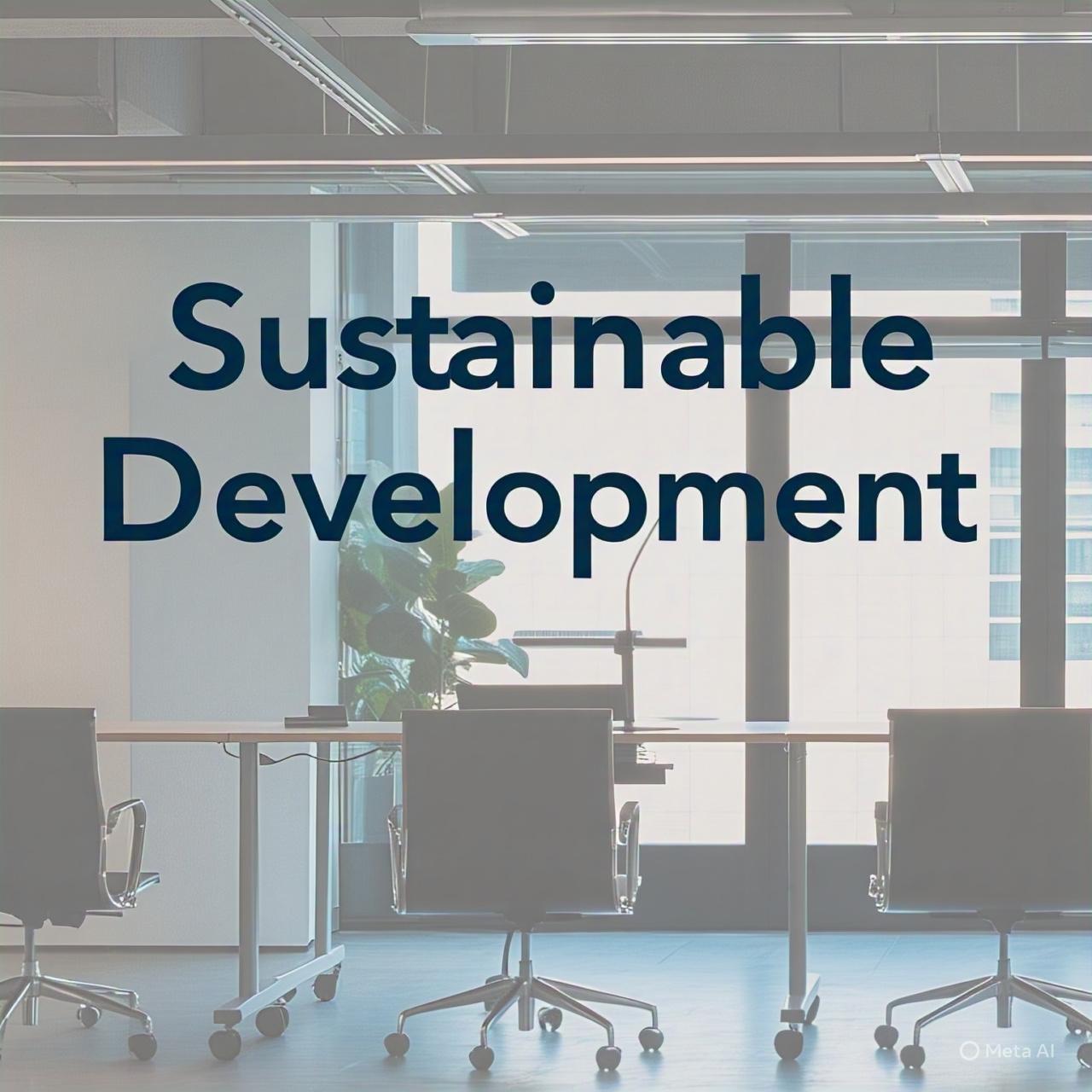Sustainable development has become a guiding strategy for the world's social and economic transformation. It's about meeting our current needs without compromising the ability of future generations to meet theirs.
Key Points:
- Definition: Sustainable development is development that balances economic, social, and environmental needs.
- Evolution: The concept has gone through three periods:
- Embryonic Period (before 1972): Focus on sustainable use of natural resources.
- Molding Period (1972-1987): Introduction of the concept at the UN Conference on the Human Environment and definition by the World Commission on Environment and Development.
- Developing Period (1987-present): Implementation of sustainable development strategies globally, including the UN's Sustainable Development Goals.
- Goals: The goals of sustainable development have evolved over time, from focusing on environmental issues to addressing global challenges like poverty, inequality, and climate change.
- Importance: Culture, good governance, and life support systems are crucial factors in promoting sustainable development.
Theories and Practices:
- Strong Sustainability: Emphasizes the need to preserve natural capital and prioritize environmental protection.
- Weak Sustainability:Focuses on economic growth and assumes natural capital can be substituted with manufactured capital.
- Sustainable Development Goals (SDGs): A set of global goals adopted by the UN to end poverty, protect the planet, and ensure peace and prosperity.
Challenges:
- Balancing Economic, Social, and Environmental Needs: Sustainable development requires balancing competing interests and priorities.
- Global Cooperation:Achieving sustainable development requires international cooperation and collective action.
- Implementation:Effective implementation of sustainable development strategies is crucial to achieving the desired outcomes .
~Devika.

